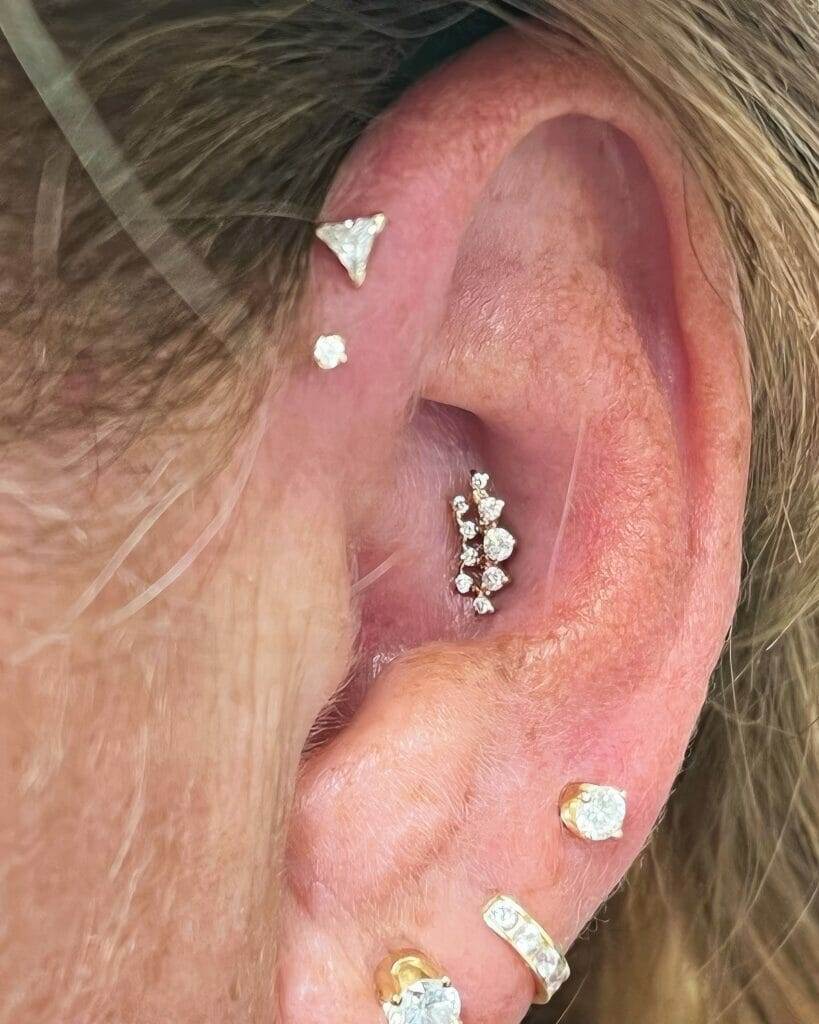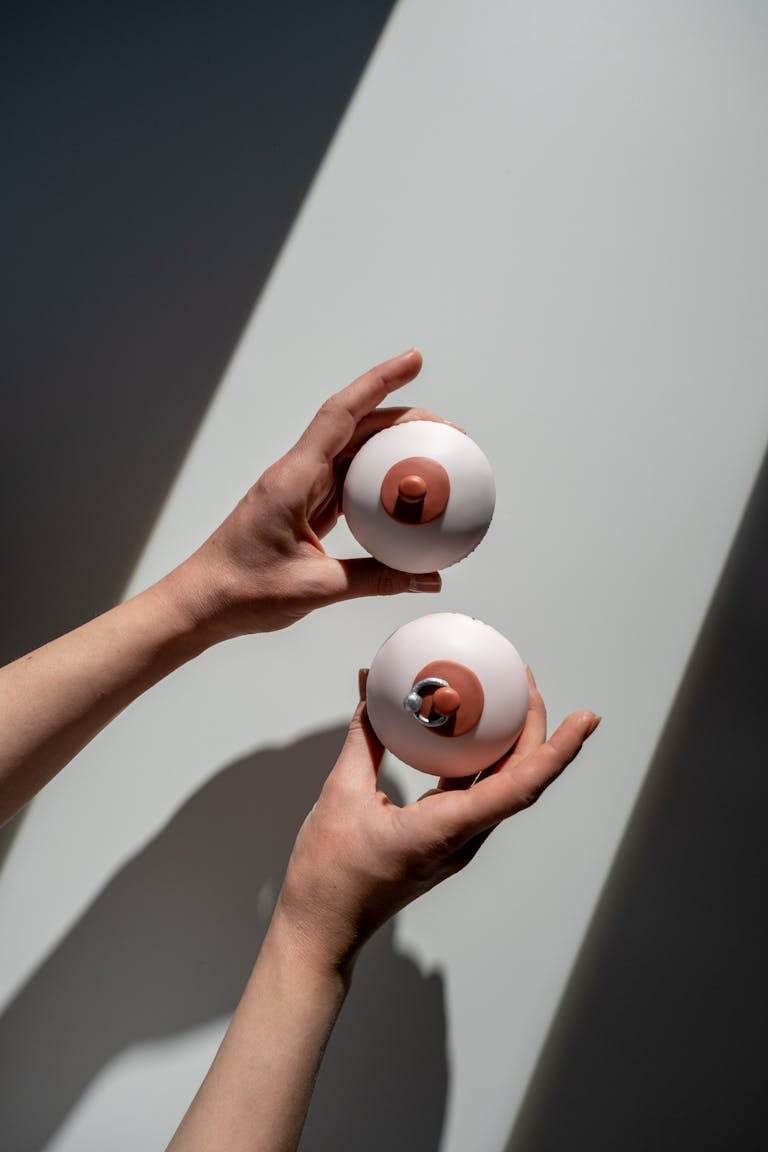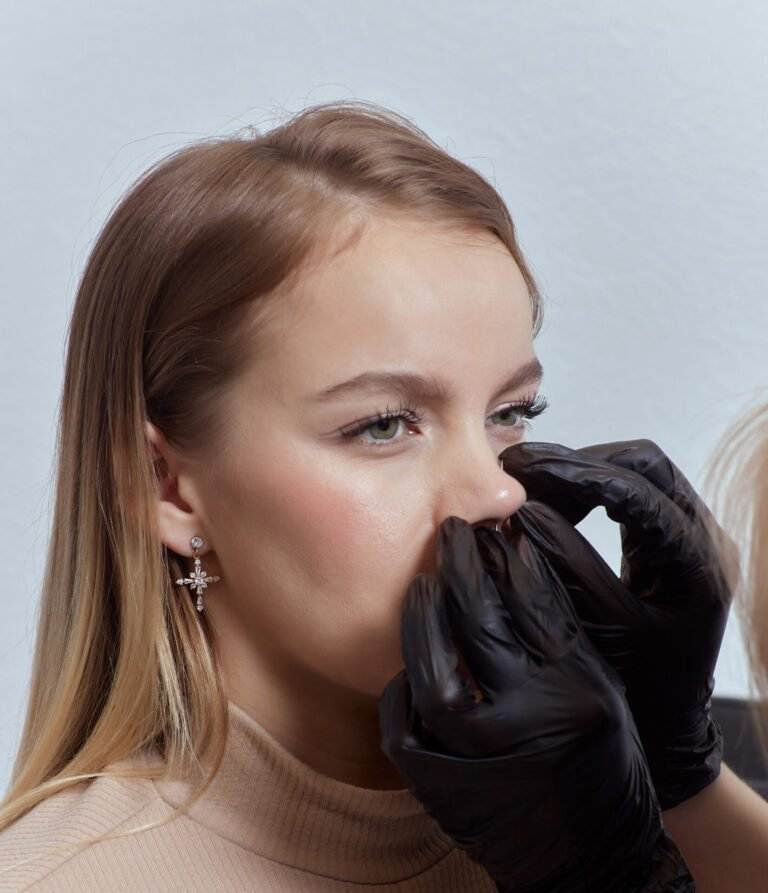Piercings have become increasingly popular in recent years, with people of all ages and backgrounds choosing to adorn their bodies with various types of jewelry. Whether it’s a simple earlobe piercing or a more intricate facial or body piercing, these adornments have become a way for individuals to express their personal style and individuality. However, it is important to understand the process and aftercare involved in getting a piercing to ensure a safe and successful experience.
Understanding the Different Types of Piercings Available
There are numerous types of piercings available, each located in different areas of the body. Ear piercings are perhaps the most common, ranging from simple lobe piercings to more complex cartilage, tragus, helix, and industrial piercings. Facial piercings include nose, lip, eyebrow, and tongue piercings, among others. Body piercings can be found in areas such as the navel, nipple, and genital region. Each type of piercing has its own unique characteristics and considerations.
Preparing Yourself Mentally and Physically for a Piercing
Before getting a piercing, it is essential to prepare yourself both mentally and physically. Research the piercing process and aftercare thoroughly to understand what to expect. It is recommended to eat a healthy meal before your appointment to ensure you have enough energy. Avoid alcohol and drugs, as they can thin the blood and increase bleeding during the piercing process. Getting a good night’s sleep is also important, as it will help you feel more relaxed and prepared. Consider practicing mental preparation and relaxation techniques, such as deep breathing or meditation, to help calm any nerves or anxiety.
The Importance of Proper Aftercare: Tips and Tricks
Proper aftercare is crucial for the healing process of a piercing. Follow the aftercare instructions provided by your piercer carefully, which may include cleaning the piercing site with a saline solution or mild soap, avoiding certain activities or substances that may irritate the piercing, and changing jewelry properly and at the right time. It is important to be aware of signs of infection or complications, such as excessive redness, swelling, pain, or discharge. If you notice any of these symptoms, seek medical attention immediately.
What to Expect During the Piercing Process
During the piercing process, you will typically have a consultation with your piercer to discuss your desired piercing and any concerns you may have. The equipment and piercing site will be sterilized thoroughly to ensure a safe procedure. The piercer will then mark the placement of the piercing and insert the jewelry using a sterile needle or cannula. The pain level and duration will vary depending on the individual and the location of the piercing. Afterward, your piercer will provide you with detailed aftercare instructions to ensure proper healing.
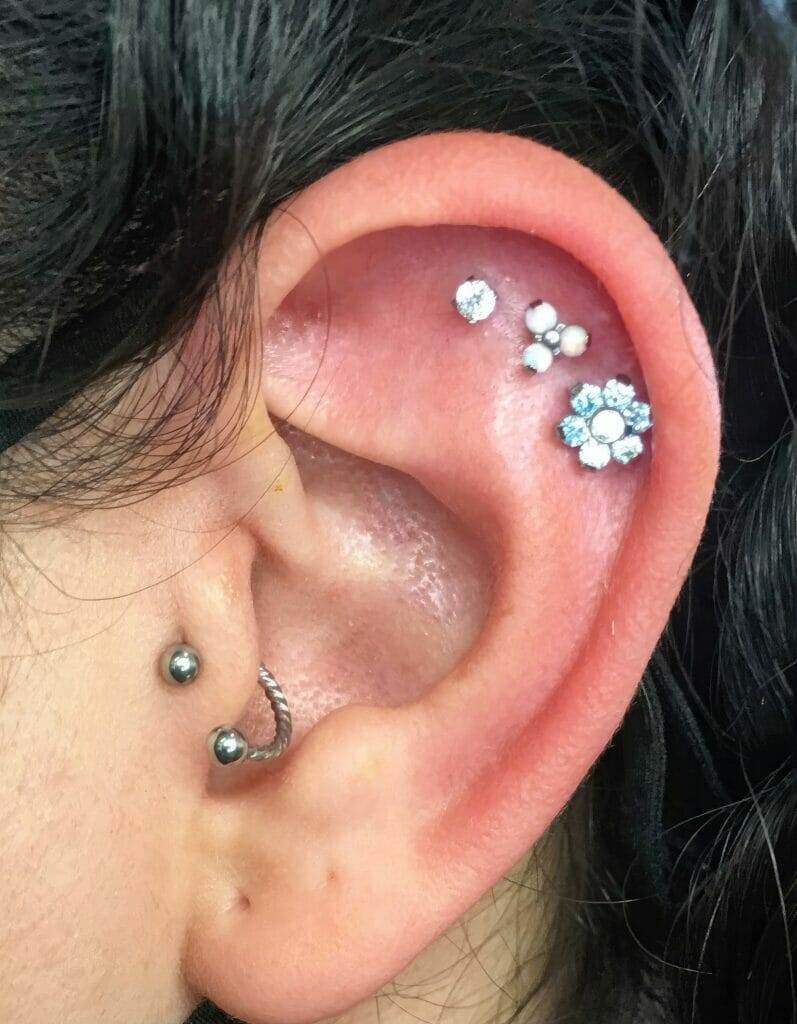
Pain Management Techniques: What Works Best
Pain management techniques can help make the piercing process more comfortable. Over-the-counter pain relievers such as ibuprofen or acetaminophen can be taken before your appointment to help reduce pain and inflammation. Numbing creams or sprays can also be applied topically to numb the area before the piercing. Breathing and relaxation techniques, such as deep breathing or counting, can help distract from any discomfort. Some individuals find that engaging in conversation with their piercer or bringing a friend for support can also help alleviate anxiety and pain.
How to Choose the Right Jewelry for Your Piercing
Choosing the right jewelry for your piercing is crucial for both comfort and healing. Consider the material options available, such as surgical steel, titanium, or gold, and choose one that is hypoallergenic and suitable for your skin type. The size and gauge of the jewelry should be appropriate for the piercing, ensuring a proper fit. Additionally, consider the style and design options available to find a piece that matches your personal style. It is important to prioritize quality over cost when choosing jewelry, as cheap or low-quality options can cause irritation or complications.
Common Mistakes to Avoid When Getting Pierced
There are several common mistakes that individuals make when getting pierced. One of the most important things to remember is to avoid touching or playing with the piercing, as this can introduce bacteria and increase the risk of infection. Using harsh cleaning products, such as alcohol or hydrogen peroxide, should also be avoided, as they can irritate the piercing site. Changing jewelry too soon can disrupt the healing process and increase the risk of complications. It is crucial to pay attention to any signs of infection or complications and seek medical attention if necessary. Lastly, following aftercare instructions provided by your piercer is essential for a successful healing process.
Piercing Risks and Complications: What You Need to Know
While piercings are generally safe when done by a professional piercer in a clean environment, there are some risks and complications to be aware of. Infection is one of the most common complications, which can occur if proper aftercare is not followed or if the piercing site is not kept clean. Allergic reactions to certain metals used in jewelry can also occur, causing irritation or inflammation. Migration or rejection of jewelry can happen if the body perceives the jewelry as a foreign object and tries to push it out. Scarring and nerve damage are also potential risks, especially if the piercing is not done correctly or if proper aftercare is not followed.
How to Know When Your Piercing is Fully Healed
The healing time for piercings varies depending on the type and location of the piercing. On average, earlobe piercings take about 6-8 weeks to heal, while cartilage piercings can take up to 6 months or longer. Signs that a piercing is fully healed include the absence of pain, redness, or discharge. However, it is important to continue proper aftercare even after a piercing appears to be healed, as it can take several months for the tissue to fully strengthen and stabilize.
Frequently Asked Questions About Piercings: Answered
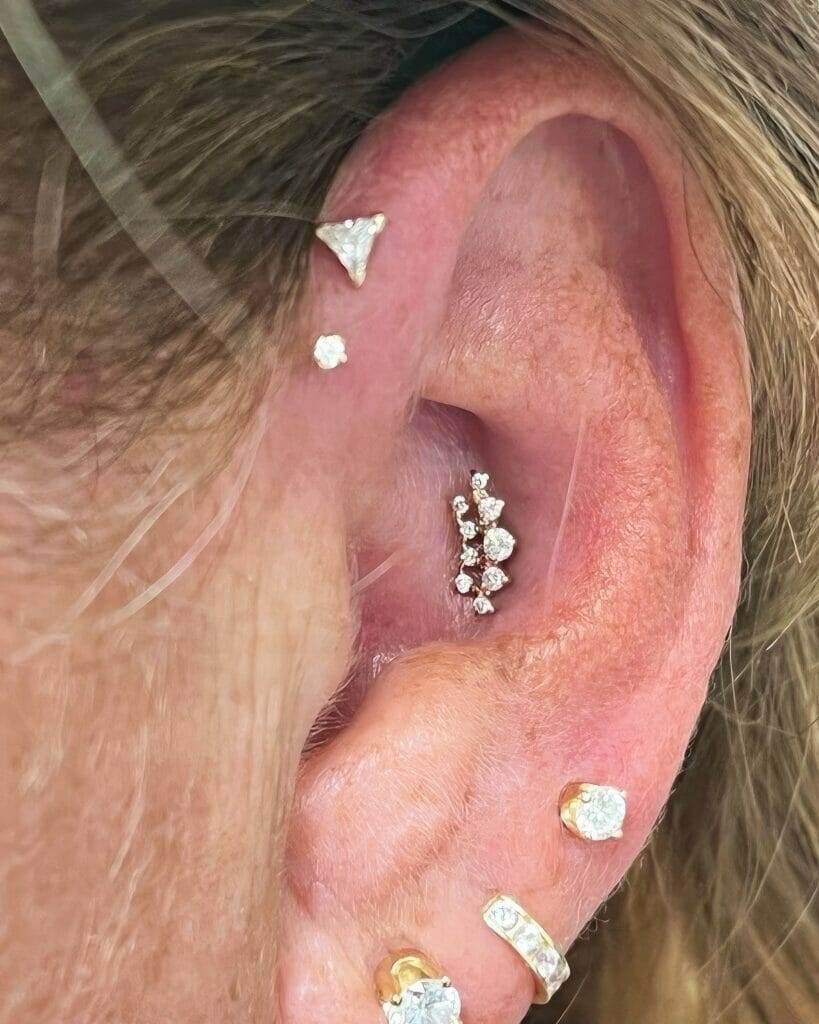
There are several common questions that individuals have when considering getting a piercing. Can I swim with a new piercing? It is generally recommended to avoid swimming in pools, hot tubs, or bodies of water until the piercing is fully healed to reduce the risk of infection. How long do I have to wait to change my jewelry? The timeframe for changing jewelry varies depending on the type of piercing and individual healing process. It is best to consult with your piercer for specific recommendations. Can I get multiple piercings at once? It is possible to get multiple piercings at once, but it may increase the healing time and discomfort. Will my piercing close up if I take out the jewelry? Some piercings may close up quickly if jewelry is removed, while others may remain open for longer periods of time. Can I get a piercing while pregnant? It is generally recommended to avoid getting pierced while pregnant, as hormonal changes and increased blood flow can affect the healing process.
Getting a piercing can be an exciting and empowering experience, but it is important to approach it with knowledge and caution. Researching the piercing process, choosing a reputable piercing studio, and prioritizing proper aftercare are all essential for a safe and successful piercing experience. Remember to choose jewelry that is suitable for your skin type, avoid common mistakes, and be aware of potential risks and complications. By following these guidelines and taking care of your piercing, you can enjoy your new adornment for years to come.


